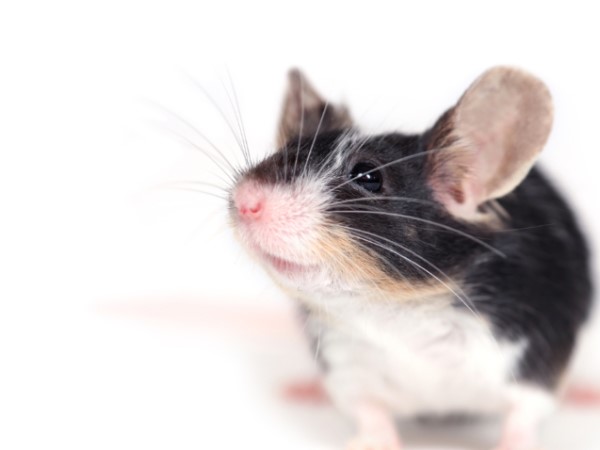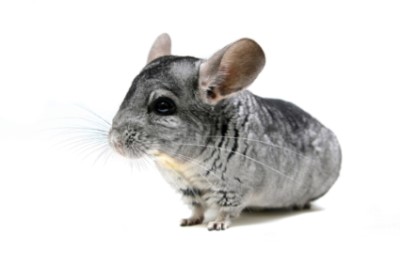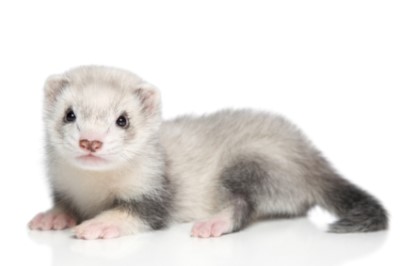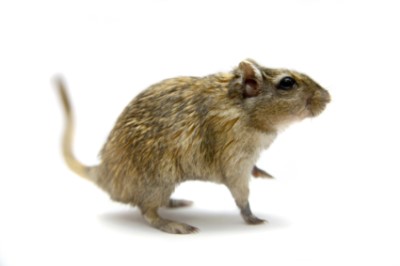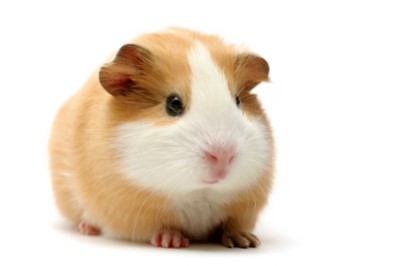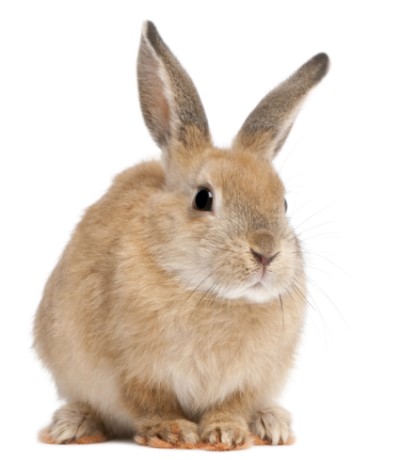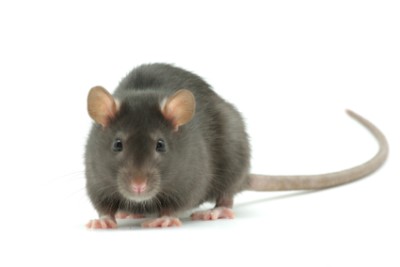Common Reasons for Surrender
Unless neutered, male mice exude a strong musky odor, which many people simply do not like or cannot handle. Even though the problem can be resolved by having the mouse neutered, most of the time the pet is surrendered to a shelter or to a rescue. Female mice often enter rescue because they were unexpectedly pregnant when purchased from a pet store. The owner didn’t expect a pregnant pet, and both mom and babies are left without a home.
Pros
Mice are typically a curious pet, although most are somewhat timid. Male mice are laid back and calm while female mice are more adventurous, social, and active. A female mouse will be happier with a female companion while male mice are content living alone. (Neutered males can live quite happily with females.) They make a good pet for families with children who are at least eight years of age and understand how to treat a small, fragile animal.
Cons
Mice are fragile animals and can become scared at loud noises and quick movements. They are not an ideal pet for children under eight.
Diet
Feed your mouse Lab Blocks, which is a pellet food and provides mice with the nutrition they need. Pre-packaged foods that you typically find at the pet store contain “junk food,” such as corn and hay pellets, that aren’t healthy for mice. Lab Blocks can be mixed with dry pasta, soy beans, birdseed, and sugar free cereal to give your mouse a good variety of food. Be sure to check your mouse’s bowl each day, however, to ensure he’s eating the lab blocks and not just his favorite foods in the mix.
Treats are acceptable and should be introduced into the diet slowly. Fresh fruit, vegetables, cooked meats, and cooked eggs are all healthy options. Again, introduce foods slowly to avoid upsetting your mouse’s stomach. (Mice can’t throw up.)
Never feed spicy, carbonated, or sticky foods. Keep watch of your mouse’s food intake and take away uneaten food so it doesn’t spoil. Mice should never eat spoiled food.
Exercise
Mice will exercise when they feel like it. Make sure your mouse has a Silent Spinner or Wodent Wheel, so he can run when he wants. Running wheels should have a solid surface and should never have bars, which could cause painful leg breaks.
Possible Health Issues
Mice are prone to several health problems, including topical parasites such as lice or mites. Scratches, scabbing, and hair loss are all common symptoms of a topical parasite. When you notice any of these symptoms, start treating your mouse immediately, or he is likely to become anemic much quicker than other small animals. He may also suffer from permanent scars around the ears as mites typically go after the ears. Respiratory problems, which should be treated early, are also common in mice. Failure to take action quickly could result in chronic respiratory problems.
Because they are so fragile, mice can easily sustain injuries, which can be avoided with proper handling. Avoid lifting your mouse up by his tail, which could break or deglove his tail. Degloving means his skin has separated from the bone. Mice must only have a solid surface on which to run to avoid broken legs. Never give your mouse a wheel with horizontal bars, or you risk a broken leg.
Housing
When choosing a cage for your mouse, keep a few rules in mind. The mouse habitat should have a solid floor, and the spacing between the bars, if applicable, should only be one centimeter or less. The mouse habitat should be roomy enough for your mouse to live comfortably with his food, water bowl, toys, and other accessories. Every mouse should have a minimum of one cubic foot of space. Two mice will require two cubic feet and so on.
Habitrail and Crittertrail cages are a popular option. Mice generally love the plastic tubes that connect cages and have plenty to keep them entertained. However, you may find it more difficult to clean a Habitrail or a Crittertrail than you would a simple glass aquarium.
Aquariums are another popular home for mice. Be sure the aquarium has a metal screen lid to prevent your mouse from escaping. You will have to clean an aquarium more often than other cages as it has much less ventilation than a Habitrail. Never put an aquarium in direct sunlight or it could overheat your mouse.
Litter
Use a non-scented bedding for your mouse’s habitat. Carefresh is one of the most popular and safest beddings for mice. It also works well in controlling odors. Never use bedding that contains cedar or pine, as both can result in respiratory and other serious illnesses in mice.
Grooming
If you keep your mouse’s home clean, your mouse will be clean. Mice also groom themselves to stay clean. You may need to help your mouse clean if he somehow becomes sticky or dirty. Mice should not be bathed but, if you want, you can purchase “rodent safe grooming wipes” to clean your mouse. You can provide your mouse with a small bowl of clean sand. He will then roll in the sand, which absorbs any extra oil from his fur.
Training
Most female mice and neutered male mice can be trained to use a section in their cage as a potty. Some designate and use a potty spot in as quickly as a few days. If your male mouse is not neutered, he will mark his cage with urine but he may use a potty spot to some degree. If you’re persistent and consistent, you can teach your mouse basic tricks, such as responding to the call of his name or to standing on his hind legs for a treat. Be patient, however, if you want to train your mouse as it can take months for success.
Entertainment
A mouse’s home is truly his castle, and he’ll need plenty to keep him entertained and content. All mice should have an exercise wheel. Choose an exercise wheel with a solid surface for safety reasons. Provide tubes, such as plastic tubes or even paper towel or toilet paper rolls, for your mouse to run through. Some also like to hide and nap in tubes. A small cardboard box filled with plain pieces of shredded toilet paper is also a favorite for mice.
Many people also like to give their mice time outside of the cage. Outside time is a good bonding experience, and most mice like to walk on their owners and to snuggle in a sleeve or a pocket for a rest. Your mouse might also enjoy running in an exercise ball around the room. Just be sure to supervise any time your mouse is in his ball.
We want to thank North Star Rescue for help with this profile.
